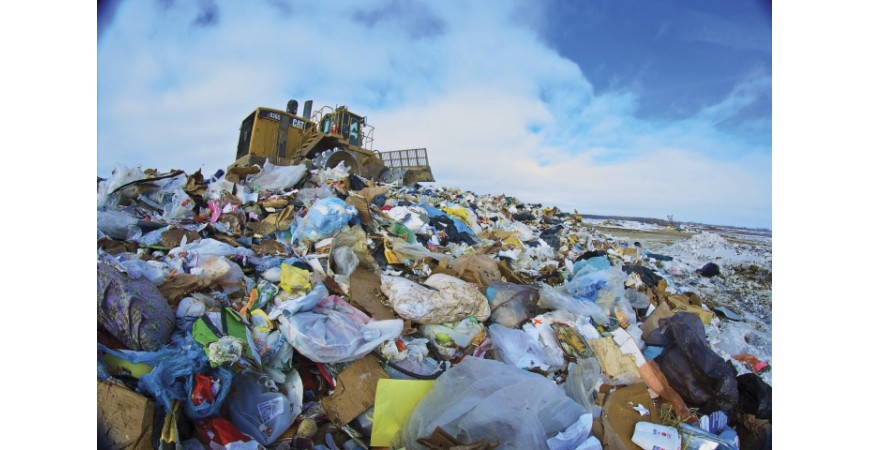The natural biodegradation oforganic materialsin thelandfills results in the generation of considerable amounts of methane and CO2 gas. When this gas is not collected and not used, they release into the atmosphere as the gas causing a greenhouse effect. The heating ability of the gasis more than 20 times higher than carbon dioxide; thus the contribution to the global warming is higher as well. The proper use of waste recycling is a great source of renewable energy.
The landfill gas is collected from the waste centres using gas collection systems. About 50% of this gas contains methane, and the remaining 50% - carbon dioxide. Landfill gas may contain small amounts of non-methane organic compounds. Gas engines with generators used for cogeneration turn these wasted resourcesinto valuable and environmentally friendly energy source.
Methane generated in the landfills is easily available source of renewable energy. It can be used as fuel:only in the United States can be produced 2.700 MW of electricity, and 9000 MW - worldwide.
Typical scheme of landfill gas utilization - operation:
.jpg)
The first commercial landfill gas generator was installed in the United States in 1983. Until now, more than 1.550 MW of gas engine-based cogeneration power-plants throughout the worldhave been installed. Every year, more than 150 MW of installationsare promoted.


